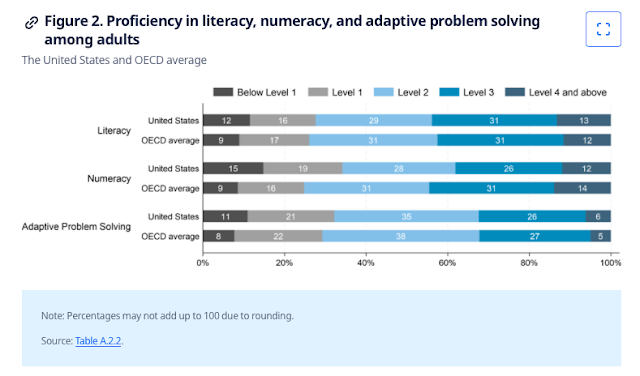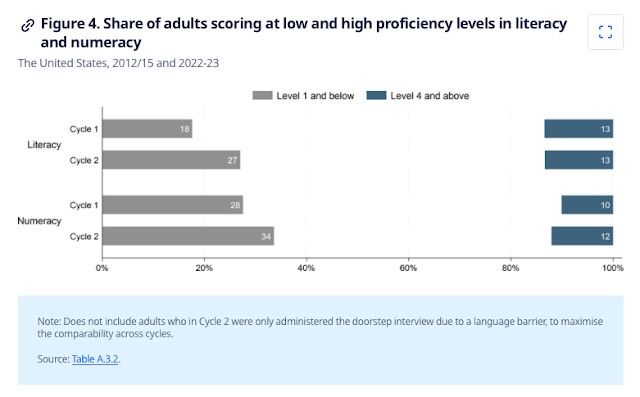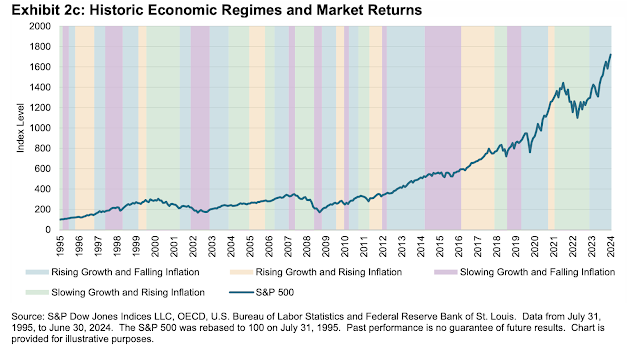"So true is it that, in science as elsewhere, we fight for and against not men and things as they are, but for and against the caricatures we make of them." - Schumpeter
We fight not against the Fed of reality, but the Fed we imagine.
We fight against the fiscal policy we would like to see not what is present.
We fight against the behavior of the market we believe should occur and not what actually happens.
Let us resolve to to fight for and against what is and not what we think they are based on our notions of value.
















































